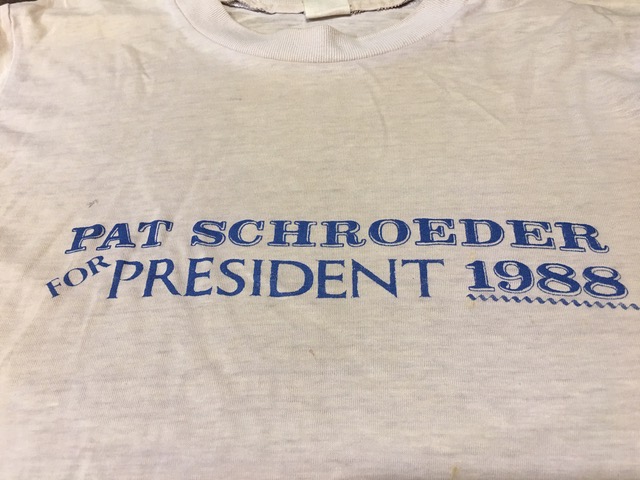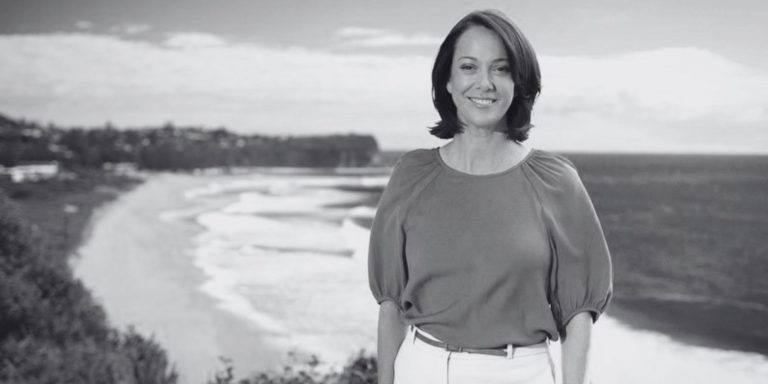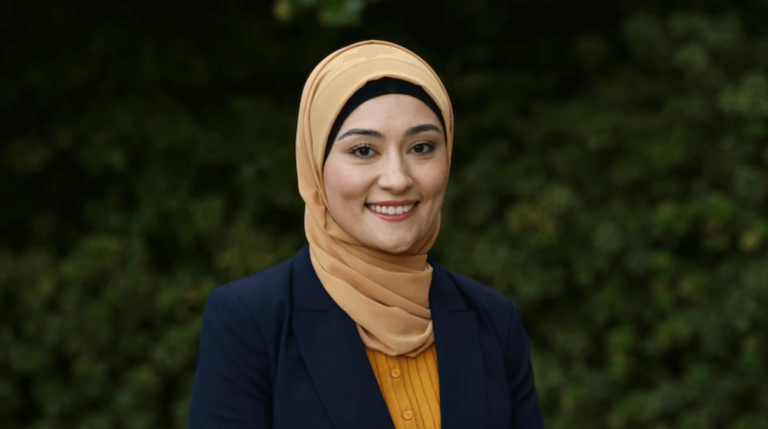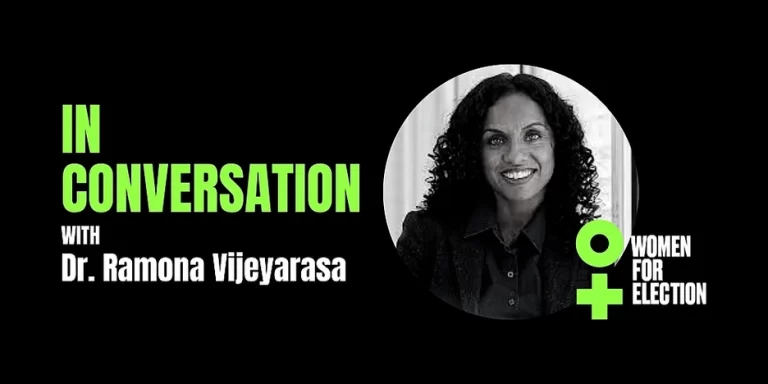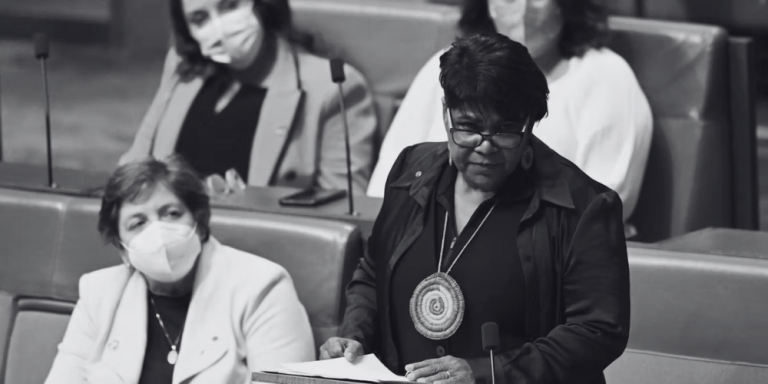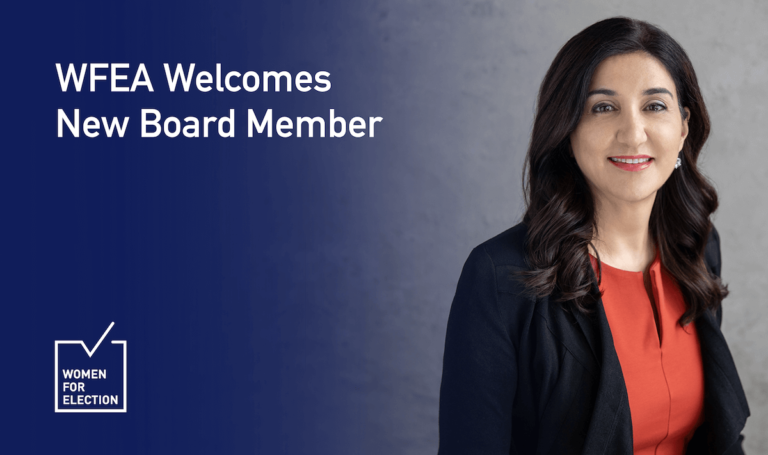Why I got involved in WFEA… Brynnie Goodwill
 It was early in the summer of 1974, and the Watergate hearings in Washington, DC were in full swing. News of the existence of White House tapes created an unstoppable wave, leading to then-President Richard Nixon’s historic resignation on August 9. As a congressional intern, I was able to attend the hearings whenever work allowed. Men more than dominated the political landscape, with Senator Barbara Mikulski joining the US Senate as the first woman senator only in 1986. Physical facilities were even more unwelcoming, with elected women not getting access to the men-only swimming pool until 2009 (and only after a revolt) because some male senators liked to swim nude! For women, the climate was stultifying and demeaning.
It was early in the summer of 1974, and the Watergate hearings in Washington, DC were in full swing. News of the existence of White House tapes created an unstoppable wave, leading to then-President Richard Nixon’s historic resignation on August 9. As a congressional intern, I was able to attend the hearings whenever work allowed. Men more than dominated the political landscape, with Senator Barbara Mikulski joining the US Senate as the first woman senator only in 1986. Physical facilities were even more unwelcoming, with elected women not getting access to the men-only swimming pool until 2009 (and only after a revolt) because some male senators liked to swim nude! For women, the climate was stultifying and demeaning.
In 1974, at the age of 19, I did not have words for what I saw. In the midst of my University studies, I was naïve, idealistic, feeling that I could do anything I put my mind to. While I did not know words like misogyny or male chauvinism, in that environment, I learned what they meant. Liza Mundy, in ‘The Secret History of Women in the Senate,’ commented in 2015.
In the entire history of the United States Senate, a mere 44 women have served. Ever. Those few who have were elected to a club they were never meant to join, and their history in the chamber is marked by sexism both spectacular and small. Even today, the women of the Senate are confronted with a kind of floating, often subtle, but corrosive sexism, a sense of not belonging that is both so pervasive and co counter to the narrative of real if stubbornly slow progress that many are reluctant to acknowledge this persistent secret.
 It took me nearly ten years to even consider looking at politics again, and that was by chance. I had five years under my belt as an international corporate lawyer. During that time, I had seen short-termism with dire implications for the long term, discriminatory practices that favoured men over women and white men over everyone; elitism and colonial thinking drove large business. While not all companies behaved that way, the prevailing ethic was not unlike that in Washington, DC. I was more interested in finding a way to support a more equitable, sensible, sustainable system rather than perpetuate an anachronistic, dysfunctional one. By chance, I met an arms control expert who had helped negotiate the global Nuclear Test Ban Treaty. Betty Lall was running for Congress in one of the prime districts, the ‘Silk Stocking District’ of New York. The district boundaries had changed and now included New York’s Lower East Side: Little Italy, Chinatown, Orthodox Jewish neighbourhoods, Afro-American and Hispanic communities. I became Betty’s press secretary.
It took me nearly ten years to even consider looking at politics again, and that was by chance. I had five years under my belt as an international corporate lawyer. During that time, I had seen short-termism with dire implications for the long term, discriminatory practices that favoured men over women and white men over everyone; elitism and colonial thinking drove large business. While not all companies behaved that way, the prevailing ethic was not unlike that in Washington, DC. I was more interested in finding a way to support a more equitable, sensible, sustainable system rather than perpetuate an anachronistic, dysfunctional one. By chance, I met an arms control expert who had helped negotiate the global Nuclear Test Ban Treaty. Betty Lall was running for Congress in one of the prime districts, the ‘Silk Stocking District’ of New York. The district boundaries had changed and now included New York’s Lower East Side: Little Italy, Chinatown, Orthodox Jewish neighbourhoods, Afro-American and Hispanic communities. I became Betty’s press secretary.
Over the next five years, I was involved in politics and political campaigns, helping women locally and nationally to get elected to help bring about a change in attitudes, values and outcomes. Some races were successful; many were not. Pat Schroeder became the first woman to run for the US Presidency in 1988; Emily’s List (Early Money Is Like Yeast), a non-partisan endeavour supporting women running for office, was born; and yes, Barbara Mikulski became the first US woman senator in 1986.
 The ‘80s were a time of change in the United States. Ronald Reagan and George Bush had turned the clock backwards on women’s reproductive rights, equity and compassion. Alienated by the wave of ultra-conservatism, I sought familiarity among like-minded women and men. Australia’s Fairfax Publications acquired Ms Magazine, a magazine launched by feminist Gloria Steinem, with Anne Summers at its helm. Anne brought Hazel Hawke to keynote at one of the National Organisation for Women’s (NOW) meetings in New York that I attended. In 1989, the contrast between progressive, global perspectives in Oz versus regressive economic rationalism in the USA couldn’t have been stronger. I packed my bags and moved to Sydney.
The ‘80s were a time of change in the United States. Ronald Reagan and George Bush had turned the clock backwards on women’s reproductive rights, equity and compassion. Alienated by the wave of ultra-conservatism, I sought familiarity among like-minded women and men. Australia’s Fairfax Publications acquired Ms Magazine, a magazine launched by feminist Gloria Steinem, with Anne Summers at its helm. Anne brought Hazel Hawke to keynote at one of the National Organisation for Women’s (NOW) meetings in New York that I attended. In 1989, the contrast between progressive, global perspectives in Oz versus regressive economic rationalism in the USA couldn’t have been stronger. I packed my bags and moved to Sydney.
I worked hard to integrate values into business, sought to learn from Indigenous wisdom, spoke out as an Al Gore Climate Project Ambassador and argued against discrimination, all without getting into politics. Until, that is, the shockingly unrelenting, disrespectful treatment of Julia Gillard. This was not just by Tony Abbott, his counterparts and shock jocks but also by mainstream media. While I had seen misogynism in practice, never had I seen it so brandished, and sanctioned. The celebratory moment when Governor-General Quentin Bryce, NSW Governor Marie Bashir and Prime Minister Julia Gillard stood together as one was shattered by narcissistic, destructive behaviour that diminished anything I perceived as Australian. The scornful treatment of Julia Gillard was astonishing, schoolyard behaviour mirrored across institutions and society, notwithstanding that as Prime Minister, Gillard had negotiated collaboratively more significant legislation than anyone before or since. I was drawn to Women for Election Australia to change this. The plan: to diversify political representation and reverse the systemic dismissal of Indigenous people, people of diverse backgrounds and women of all backgrounds. The outcome: respectful, congruent, planet and people sustainable systems, structures and legislation.
 The challenges we face today are extraordinary, offering the opportunity for a systems re-boot. A government comprised of women and men of diverse backgrounds, professions and skillsets, strengthened by Indigenous perspectives and with respect an underlying principle will have the capacity to address the big issues on our plate. Imagine our political leadership implementing measures to ensure a safe climate and eco-system, crafting budgets that reflect people-centric economics, legislation that guarantees social equity. That’s why I’m involved with Women for Election Australia.
The challenges we face today are extraordinary, offering the opportunity for a systems re-boot. A government comprised of women and men of diverse backgrounds, professions and skillsets, strengthened by Indigenous perspectives and with respect an underlying principle will have the capacity to address the big issues on our plate. Imagine our political leadership implementing measures to ensure a safe climate and eco-system, crafting budgets that reflect people-centric economics, legislation that guarantees social equity. That’s why I’m involved with Women for Election Australia.

Brynnie Goodwill, Director WFEA
With a background in international law and advocacy, Brynnie is passionate about building healthy organisations and communities which develop collectively a vision for a sustainable future. She brings a deep knowledge of governance, combined with significant experience serving on boards and in executive roles, and the drive to create effective, responsive and collaborative government.
Connect with Brynnie on LinkedIn

